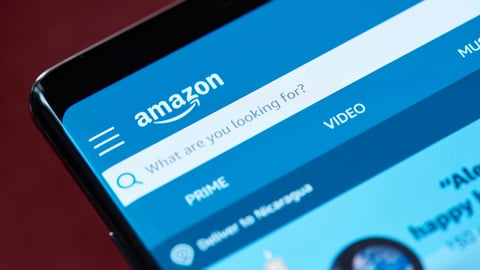Unilever Seizing E-Com Growth Through Portfolio & Distributor Evolution
Unilever is evolving its e-commerce strategy to account for the different results experienced in pure-play e-com vs. omnichannel e-com.
E-commerce sales at the No. 6 consumer goods company grew by 61% in 2020 to make up 9% of its business. Growth was recorded across all regions, with omnichannel e-commerce growing 100% and pure-play up about 50%.
Its B2B e-commerce channel also grew 65%, with the segment reaching 1.5 million stores at the end of the year. As a result, Unilever is transforming its distributor business to seize opportunities in this segment, including leveraging consumer insights for channel-relevant assortments.
As these different digital needs arise — further impacted by a rise of social commerce, live-streaming e-commerce and speedier fulfillment — the company continues shifting its portfolio toward such higher-growth segments as home care, beauty, personal care and foods.
Within this, it’s further emphasizing hand and surface hygiene, skincare, prestige beauty, functional nutrition and plant-based foods. More than half of Unilever’s prestige beauty e-commerce sales are sold through e-commerce, helping offset declines from store closures.
The company is also entering pet care, which CEO Alan Jope described as a “fun experiment” in an earnings call, introducing the Cafuné brand in Brazil in January.
While Unilever grew e-commerce more than 100% for the year in North America, the company acknowledged it has ground to make up, as competitiveness in this region is lower than Unilever’s average.
Sustainability and purpose will drive the brand strategies as these themes only increase in importance with consumers; nearly 60% of Unilever’s brands are now seen as more purposeful by consumers, Jope noted.
This will take shape in such initiatives as moving to fossil-free chemistries in its home care brands, developing more eco-friendly packaging, improving self-esteem through marketing campaigns, and continuing work in racial and social equity programs.
“Faced with the huge social and environmental crisis in the world, we know that sustainability matters more to young people than ever before, and that young people, in particular, feel strongly that it's time for businesses and brands to show more responsibility,” he said.
What’s more, these practice reduce costs — Unilever said it’s avoided about $1.4 billion in costs thanks sustainable sourcing and factory eco-efficiencies — and are expected to serve as a talent draw.
On this note, the company, which unified under a single parent last year, is further prioritizing the development of its workforce and culture, including through automation and digital transformation.
“Over the next two years, we will invest to ensure that our organization remains future-fit and becomes increasingly digitized, driving process harmonization, new data structures and building analytics capability to enable faster, better decision-making, and importantly, free up the burden of frontline teams working on back-office processes,” said CFO Graeme Pitkethly. “This will increase the focus on consumers, customers and growing the business while continuing to drive efficiency savings.”
Jope cited the company’s FLEX platform, which in 2020 reprioritized 500,000 worker hours toward over 3,000 business-critical projects. It also had the added benefit of enabling employees to choose flexible employment models.
Increasingly fostering an inclusive and diverse culture, as well as providing more online learning opportunities for employees, will additionally be at the forefront of Unilver’s workplace strategies.
Longer-term goals include a commitment to ensuring everyone who directly provides goods and services to the company earns at least a living wage or income by 2030, and it will help 5 million small and medium-sized enterprises in its retail value chain grow their business through access to skills, finance and technology by 2025.
The company is also dedicating about $2.4 billion annually toward suppliers owned and managed by people from under-represented groups by 2025.






